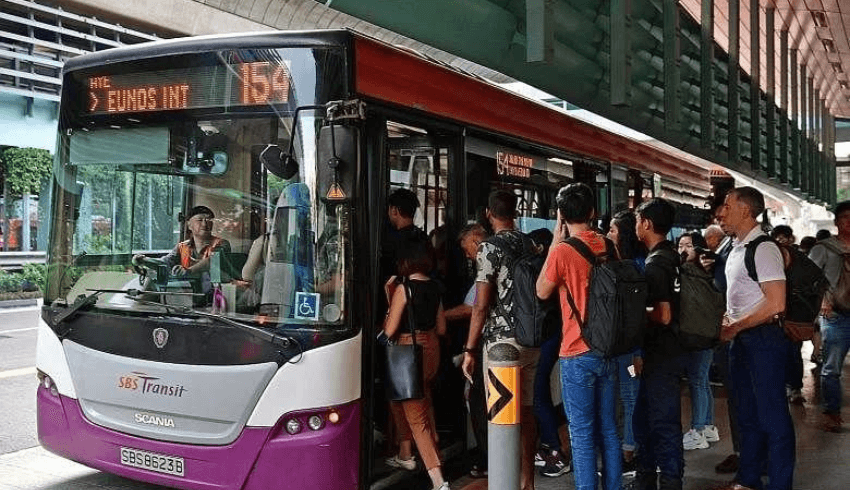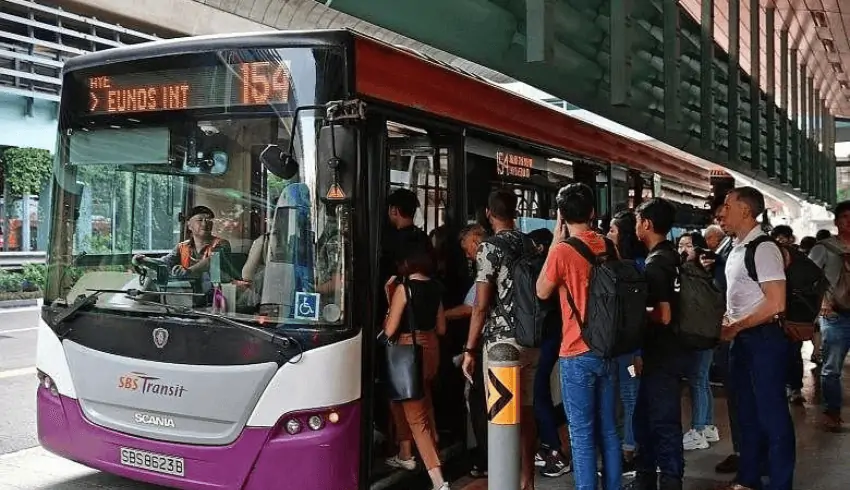

public transport fare increases
Several Singaporeans are already troubled by the rising cost of living amid high inflation. Public transport fare increases, therefore, are bound to cause unhappiness. From December 23, public bus and train rides have started to cost more, by up to 11 cents more per journey.
Financial pressures are mounting for both the public and public transport operators – facing lower ridership post-pandemic and higher operating costs. But the broader question is: Can Singapore afford to further subsidise public buses and trains?
The government already subsidises public transport to the tune of more than S$2 billion a year, or over S$1 per journey. This is a considerable sum but it appears a case could be made for even greater support from the government.
Public transport helps reduce congestion, subsequently saving motorists’ time, reducing stress on the roads and facilitating the smooth passage of emergency vehicles. There are also benefits from cleaner air and lower carbon emissions.
Boosting public transport affordability is bound to provide citizens with greater assurance and peace of mind. But even if everyone agrees public transport could be further subsidised, it becomes a pressing question of how and how much.
Countries and cities across the globe have been experimenting, introducing lower fares or even free public transport. But the outcomes have been mixed. Nonetheless, one consideration that bolsters the case for further subsidising public transport is the lower risk of excessive use.
Subsidising electricity and fuel may encourage inefficient use and excessive consumption. But travel is usually a means to an end – people take it to get to work or run errands – rather than as an end in itself. Lowered fares is unlikely to drive a surge in demand for public transport.
But lower cost alone is not expected to persuade many motorists to switch to public transport unless the latter is comfortable, efficient, and reliable. Sound regulation and investment are necessary to ensure the system’s efficiency, service quality, and long-term viability.
Chinese President Xi Jinping landed in Cambodia on April 17 for a two-day state visit, marking the final stop of…
Finally, HBO is moving ahead with plans to create the Harry Potter TV series for air in 2026. Fans would…
The Philippine Basketball Association (PBA) has rescheduled its 2025 All-Star Weekend originally planned for May 2- May 4, 2025 in…
On Friday evening, the Memphis Grizzlies host the Dallas Mavericks for a decisive NBA Play-In Tournament game. Even though this…
Singaporean Nintendo fans, get ready! The highly awaited Nintendo Pop-Up Store is set to make its grand comeback to Jewel…
The UAE launched regional economic deals while building its Asia network. Vietnam signed its second Comprehensive Economic Partnership Agreement in…
This website uses cookies.
Read More